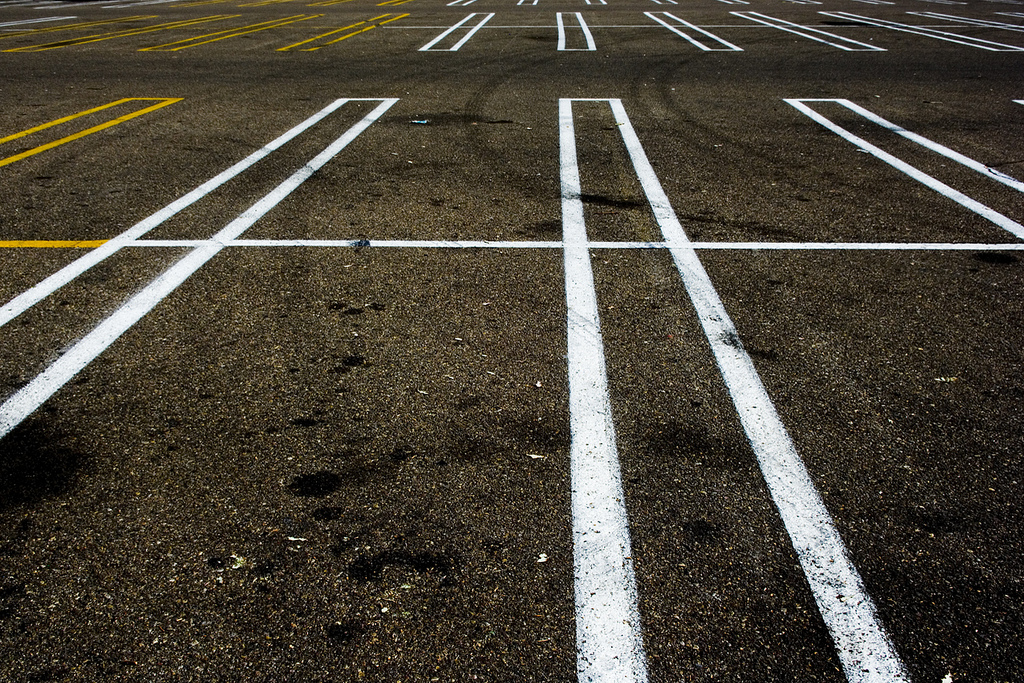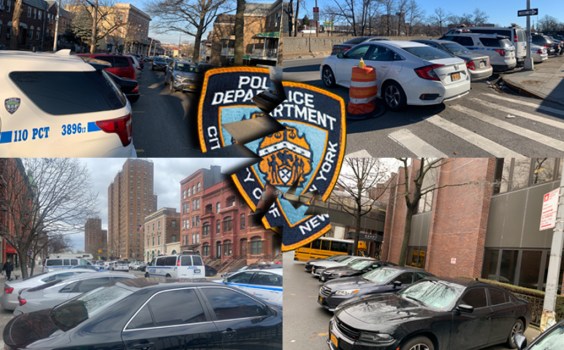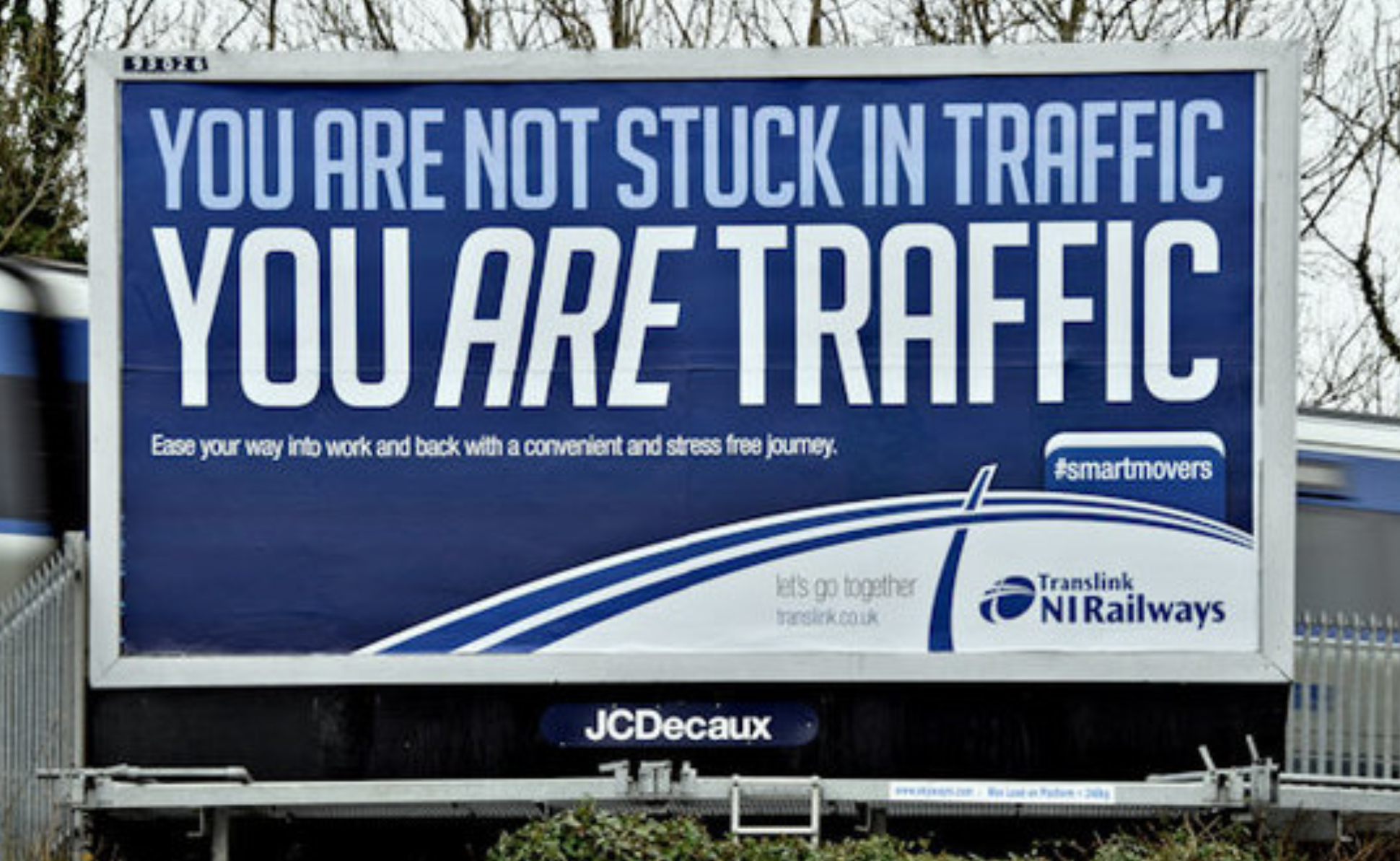While tangible, on-street changes like bike lanes, busways and plazas attract lots of attention, parking policy is arguably the unsung hero of urban transportation reform. Removing off-street parking requirements in the zoning code and tweaking on-street meter rates doesn't often attract press and politicians like a flashy ribbon-cutting, but these policy changes are crucial to ensuring that sustainable transportation succeeds.
Increasingly, parking reform is becoming key to ensuring the success of on-demand ride-hail companies, as well.
Few people have been leading the fight for parking reform like Donald Shoup, retired UCLA urban planning professor and author of "The High Cost of Free Parking," and Jeffrey Tumlin, director of strategy at consulting firm NelsonNygaard. Robert Steuteville interviewed the pair recently for the Congress for the New Urbanism.
Shoup begins by demolishing the pseudo-science that led to parking mandates becoming engraved into zoning codes across the country.
"The planners of the 1950s didn't impose minimum parking requirements on an unwilling public, they simply gave a veneer of professional expertise to parking requirements. But that expertise really didn't exist," Shoup says. "Nowadays, consultants have much more to tell cities about how parking affects the city, the economy, and the environment... Expertise has been developed from the successful outcomes of the recent decades."
Much of Shoup's seminal book is devoted to highlighting these successful outcomes in places that have reformed parking rules to ensure drivers have a space when they need one, by correctly pricing the limited supply of parking. He explains:
I can boil the 800 pages down to three bullet points. First, charge the right price for curb parking so there are always one or two open spaces on every block. Second, spend that revenue to pay for added public services on the metered blocks so that the stakeholders benefit from these metered spots... Investing the money back into the metered street creates the political will to charge the right price for on-street parking. And third, remove off-street parking requirements because nobody can say there's a shortage of parking if drivers can always see one or two empty spaces on every block. Removing off-street parking requirements can have a big effect, even in the short run, because it allows the adaptive re-use of older buildings.
Although some cities, like Buffalo, have moved to completely eliminate off-street parking requirements, it remains a controversial prospect in many places, where people think government mandates to build parking will help them find a spot on the street.
"I think it’s foolish to say that without parking requirements we won't have any parking. If you ask any developer whether they would exclude parking if it wasn’t required, they would respond, 'That's ridiculous,'" Shoup says. "If drivers paid for the cost to provide parking, we would use cars more rationally."
Tumlin concedes that on-demand personal mobility is an appealing idea, even if it can never be achieved in reality: "The idea of limitless personal mobility is incredibly alluring. The ability to park, in part, drove the invention of a new lifestyle. The mistake that we made was trying to apply the concept of the suburban dream on certain urban places."
While parking reforms have succeeded in places that want to shift away from that dated suburban model and instead encourage dense, mixed-use, walkable development, Tumlin and Shoup also see the growth of on-demand ride-hail services.
"Uber and Lyft have had a significant impact on urban parking demands," Tumlin says. "Within San Francisco, it's always cheaper to take UberPool or Lyft Lines downtown than it is to drive and park there."
Reforming parking requirements to accommodate on-demand driving can have different implications than reforming parking to encourage transit, walking and bicycling -- although it's possible both can co-exist.
"Uber and Lyft know very well that the highest demand for their services are in areas where the price of parking is high," says Shoup. "Therefore, they have often asked me about minimum parking requirements. They realize that minimum parking requirements reduce the demand for transportation network companies. If you'd like to see shared automated vehicles succeed, the best way to do this is to reform off-street parking requirements."





